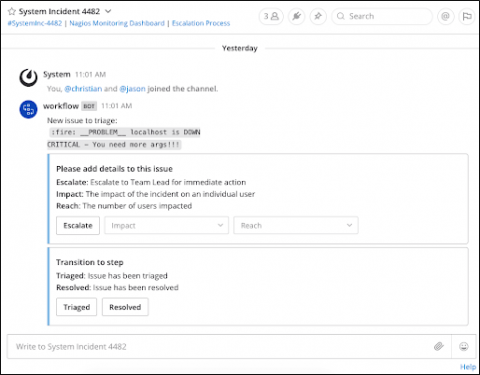Why chat-style messaging is crucial for developer productivity
For most organizations, software development is team-driven. Good communication—messaging—is crucial to working together as a team and, increasingly, for working effectively with the tools used by the team. In recent years, instant messaging has taken over not only social networks, but also the workplace. In many ways, a collaboration tool based on instant messaging is key to collaboration, knowledge transfer, and solid teamwork.









